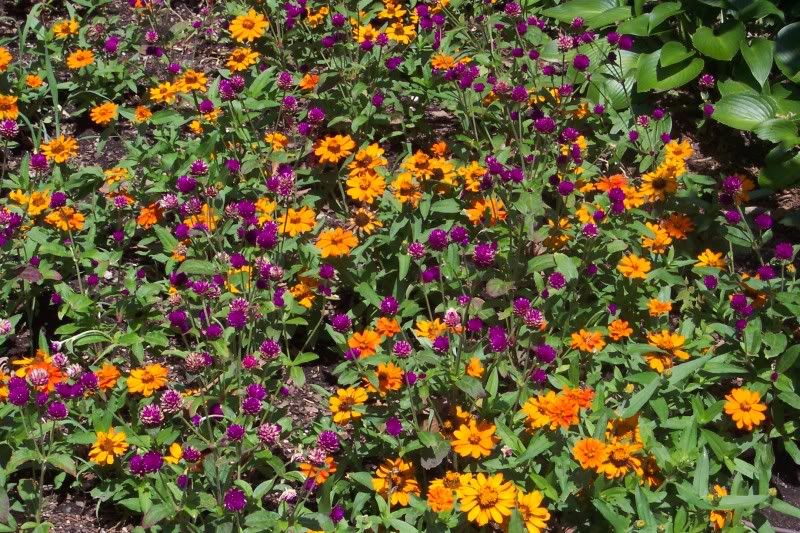Once you have transplanted your seedlings into their final growing container, continue your fertilizer and watering schedule. If you are growing them under lights, raise the fluorescent tubes as needed.
Check to be sure the seedlings are not getting crowded; separate them if it looks like they are running out of room. What looked like plenty of space at the beginning of the growing cycle can turn into not enough space as the plants get taller and wider.
Keep the small fan running on them if you have one. Otherwise stimulate the plants by lightly running your hand over the tops of the leaves a couple of times a day. The movement provided by the fan or your hand helps to strengthen the plants.
As garden transplanting time approaches, you need to begin to “harden-off” (or “harden”) your plants. For weeks they have been inside in a safe and balmy environment. If you suddenly remove them from their indoor spot and plant them directly into the garden, they could die (or at the very least be set back in their development) from the exposure to direct sunlight and cool night time temperatures. Hardening-off minimizes this stress.
Keep in mind that different plants are set out into the garden at different times. Some can tolerate a light frost so can be set out a week or two before the last frost of spring these include: lettuce, cabbage, broccoli,beets, onions, and spinach. A couple of cold tolerant flowers come to mind, Sweet William and Lupine. Most of the rest of our annual garden plants are considered to be warm season crops and so can’t be set out until after the last frost of the season.

Most annuals need to be transplanted after the danger of frost.
The hardening-off process starts by changing the indoor growing conditions. About two weeks before you plan on setting out the plants into the garden, lower the growing temperature and cut back on your watering. Stop fertilizing too.
After about a week of indoor treatment, move your plants outside to a protected area out of the wind, the east side of a house works well especially if you can’t be home to move them when needed. On the east side of a house the plants can get the morning sun and are shaded by the time the harshest sunlight occurs in the afternoon.
On the first day, leave them out for only an hour; then two hours the next day; then three hours. After a few days leave them out for the entire morning. Eventually (after a week or so) they will be accustom to spending all of their time outside. It is at that point they can be moved into the garden.
Just as a reminder, you to keep an eye out on the weather during the time you are getting your plants used to being outside. If your plants should be exposed to a cold snap or severe storm, weeks of work could be lost.
There are a few more things that should be considered when the plants are transplanted into the garden. We’ll discuss those in a later post as we get nearer to planting time.
Bob



